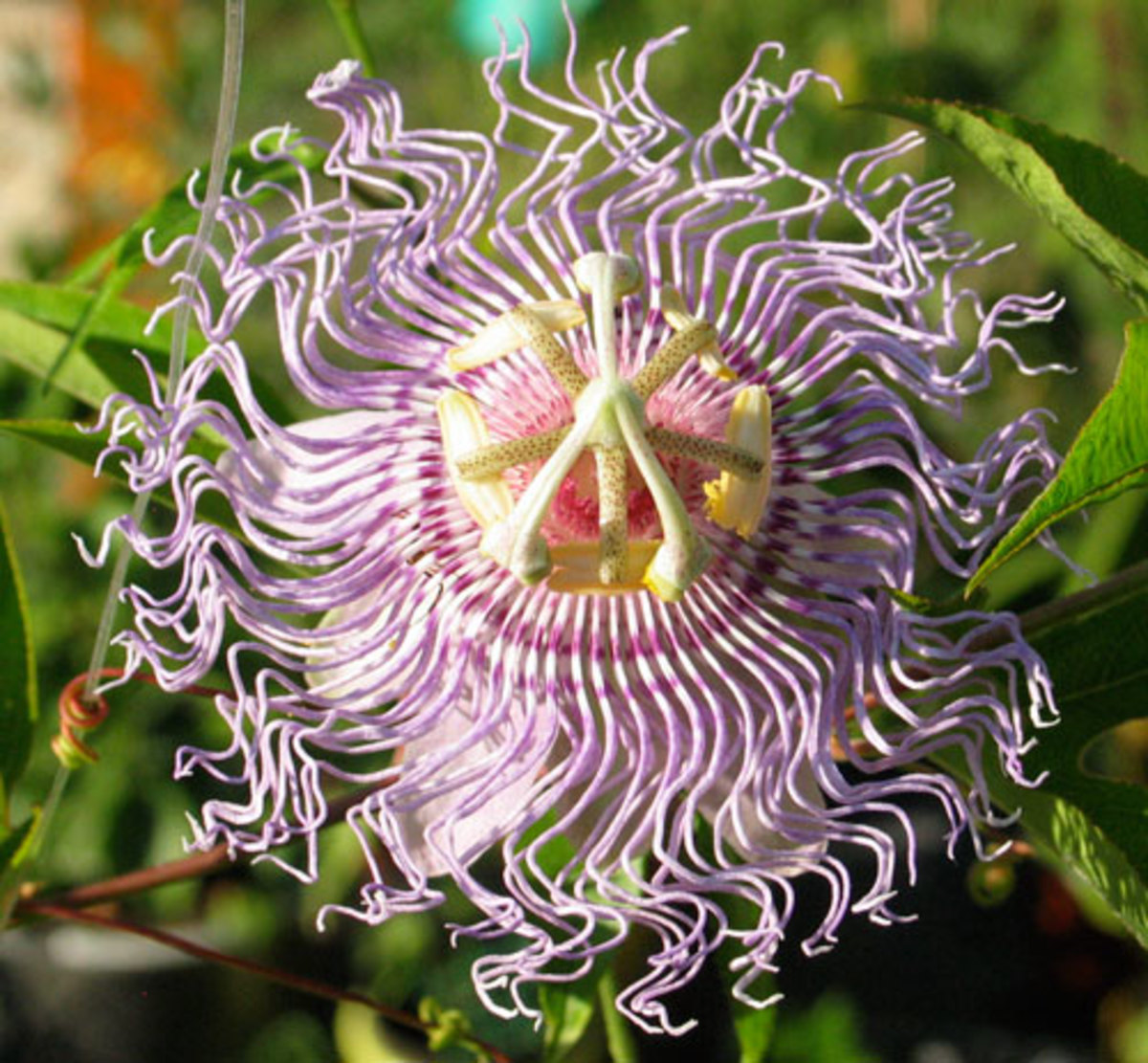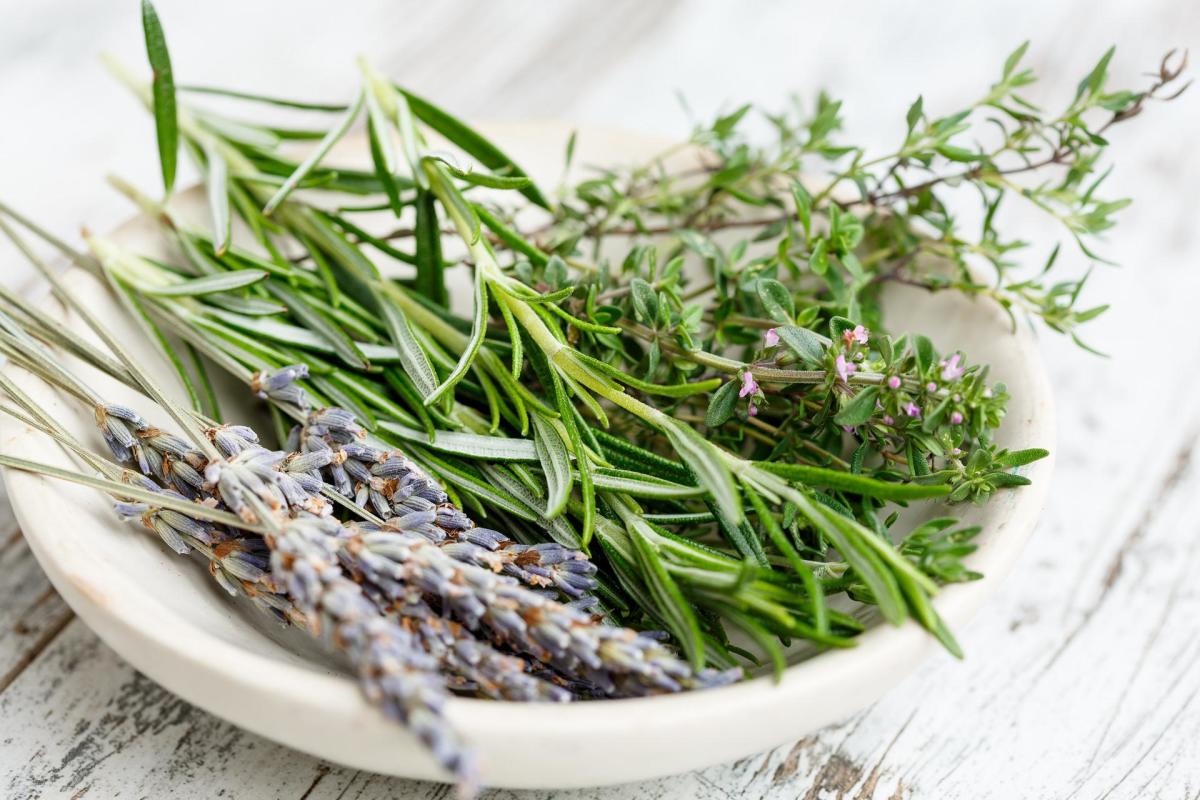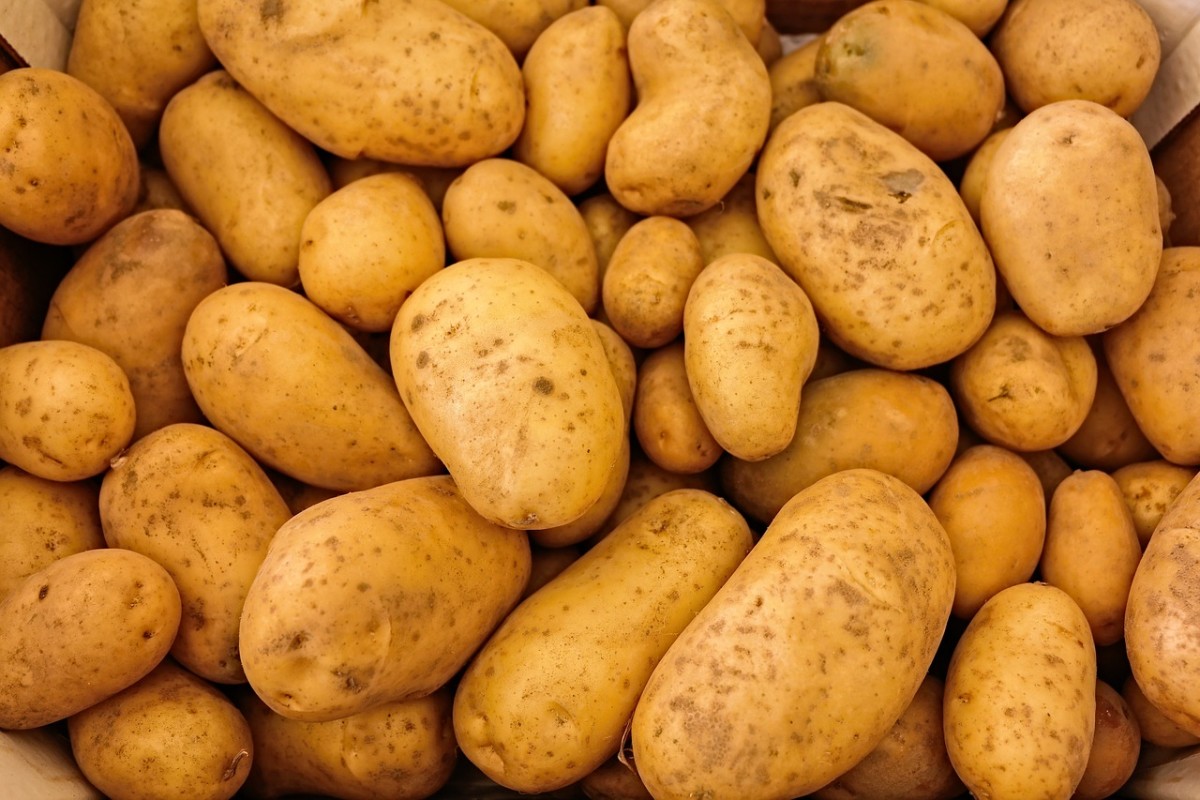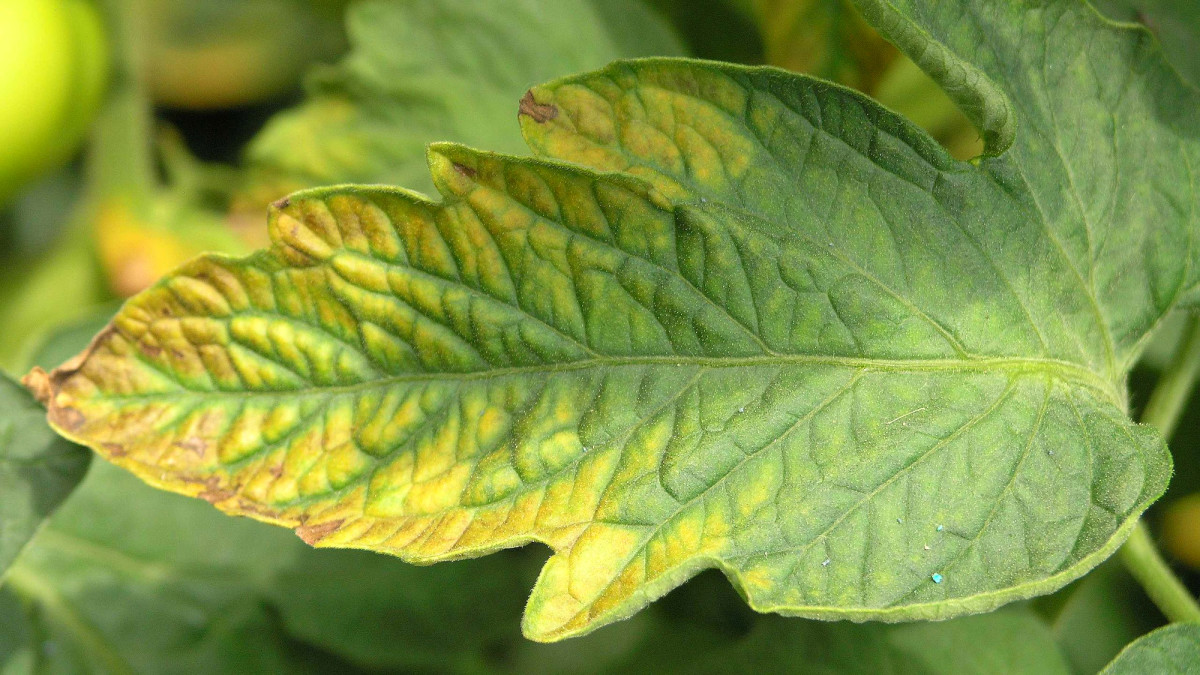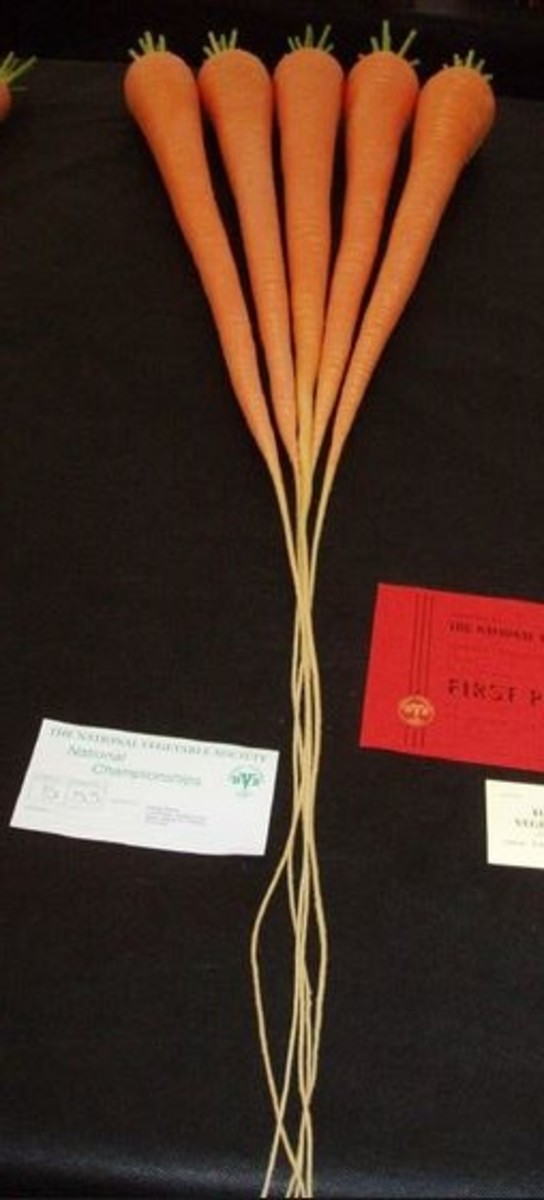Growing Herbs Indoor and Outdoor
Advantages of Growing Your Own Herbs
Fresh herbs are very expensive, and you never really know what kind of chemicals they have been exposed to. Growing your own assures you a fresh supply of herbs, being in control of how organic they really are, and you can take advantage of their colors, textures, and scrumptious smells to beautify your lawn or home.
While we all associate herbs to culinary uses and appreciate herbs for their flavorful, aromatic, or medicinal qualities to enhance food flavors, their uses extend beyond the kitchen, to flower arrangements, potpourris, soaps, cosmetic dyes and insect repellents.
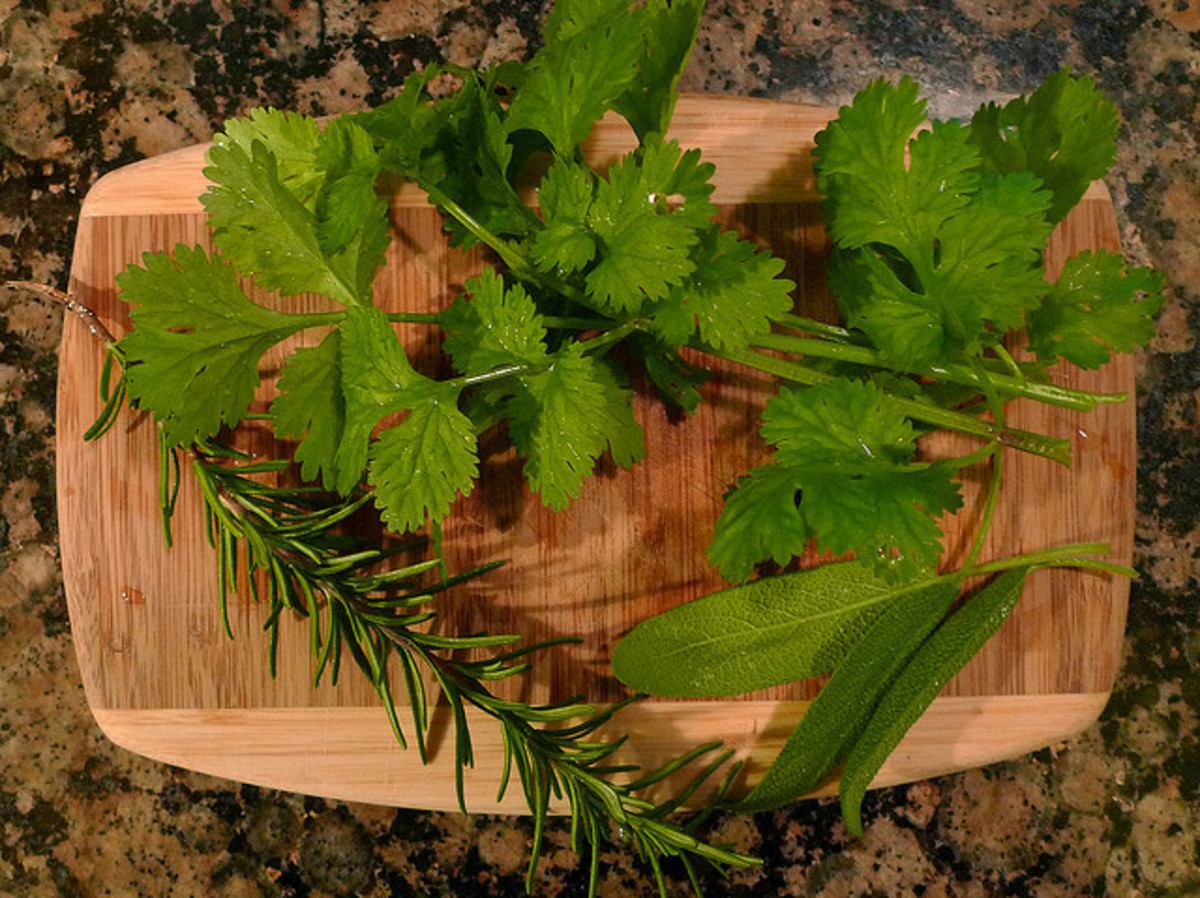
Finding the Best Spot for Your Herb Garden
The first step to start growing your own herbs is finding a suitable spot. Whether you do this while planning your yard layout, or after all has been decided, it’s not so difficult to find a good spot.
Any sunny area can become home for an herb garden, whether it is a potted garden, or a sophisticated garden bed. However, some herbs enjoy partial or even complete shade.
You can mix herbs in flower beds and borders, integrate them in the vegetable garden, grow them in pots, or use them on edging and borders, depending on their size and growth habits.

Why Including Herbs in Your Garden Design
- Having a “kitchen garden” composed of edible plants, both vegetable and herbs close to the house is real handy for last minute additions to meals. The flavor of fresh herbs far surpasses that of dried herbs in food and beverages.
- Some herbs have pretty flowers that can be enjoyed fresh or dried as well.
- Leafy herbs add color and texture to thee garden. Many herbs have gray foliage that blends well with other landscape plants and can be used as a buffer between plants. A balance of foliage texture between finely divided and coarse-leafed foliage is also quite attractive.
- Most herbs are quite resistant plants and don’t need much care, and can easily be grown by people whose thumb is not particularly green.
- Herbs have been used for centuries for their medicinal properties, like helping with digestion, cold and flu symptoms, nausea, memory loss, anxiety, insomnia, etc.
- Due to their healing powers, herbs are a great natural remedy and healthy life-style. However, be careful to use them in moderation and consult your doctor before starting a herbal cure on your own, especially in pediatric age or when pregnant.
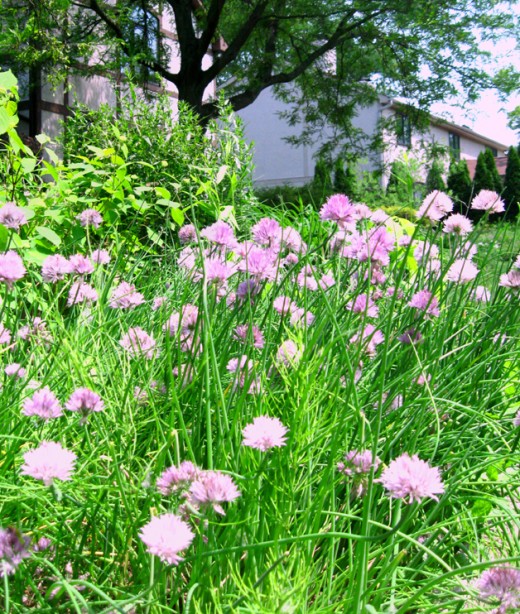
Herbs and Their Light Requirements
Full Sun
| Partial Shade
| Full Shade
|
|---|---|---|
Anise
| Angelica
| Chervil
|
Arugula
| Bee balm
| Gingseng
|
Basil
| Borage
| Sweet Cicely
|
Dill
| Calendula
| Sweet Wooddruff
|
Fennel
| Catnip
| Watercress
|
Lavender
| Chamomile
| |
Lemon Verbena
| Chives
| |
Mint
| Horseradish
| |
Oregano
| Lemon Balm (Melissa)
| |
Rosemary
| Lovage
| |
Sage
| Parsley
| |
Savory
| Saffron
| |
Thyme
| Sweet Flag
| |
Tarragon
| ||
Valerian
|
Any sunny area can become home for an herb garden, whether it is a potted garden, or a sophisticated garden bed. However, some herbs do well in partial or even complete shade.
Thyme can spread and become a pretty ground cover
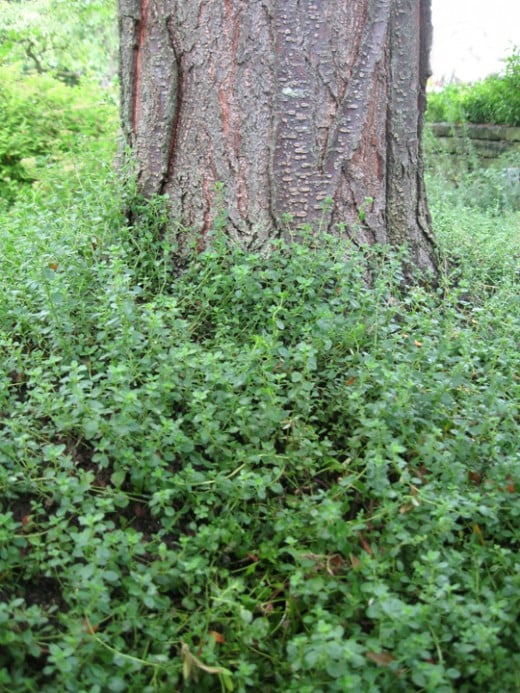
How to Care for Your Herb Garden
- Watering: many herbs need dry soil to produce their most fragrant and flavorful foliage; always group together herbs that have the same water and light needs. It’s a good idea to have two groups: one sun lover, and one more shade lover.
- Make sure the soil provide good drainage: excess moisture could facilitate growth of fungi and compromise the aromatic properties.
- Keep the soil free from weeds and hoe often the surface to keep it aerated.
- Remove all dry branches, dead leaves and dry flowers.
- At end of season eliminate all plants that are unhealthy or dead.
- In spring enrich the soil with organic fertilizer.
Herb Harvesting and Conservation
To use fresh herbs harvest the leaves or flowers as needed.
To dry herbs:
- Collect them when they are not wet or humid, instead of washing them in water, clean them by rubbing gently with a soft, lint free cloth.
- Organize the fresh and clean herb branches in small bunches and hang them upside down in a room that is dark, dry, and with a temperature between 68-86 °F.
- When they are completely dry, you can separate the leaves and flowers from the branches and store them in sealed jars, for future use.

Herb Garden Indoor in Winter
When you grow herbs in pots outside during summer, many can be brought inside for the winter. Some examples: basil, chives, scented geraniums, lemon verbena, marjoram, parsley, thyme, and rosemary. You can either move the potted plants indoor, or start new plants from seeds, division, or cuttings.
Once you bring herbs indoor, keep them on a sunny windowsill or under fluorescent lights. Let the topsoil dry out before watering. Smaller containers will need to be watered more often than larger ones.
If your home is very dry, prevent the leaves to become yellow and dry by laying the pots on pebble trays filled with water.
The AeroGarden System
You can grow veggies and herbs all year long on your counter-top with an AeroGarden kit. The kit uses a aeroponics method: the roots suspended in air, in a growing chamber with humidity at 100%, where all the nutrients are provided in an efficient way. The soil-free growth is faster and healthier.
The AeroGarden has a built in full spectrum fluorescent light, designed for optimal growth.
© 2012 Robie Benve




